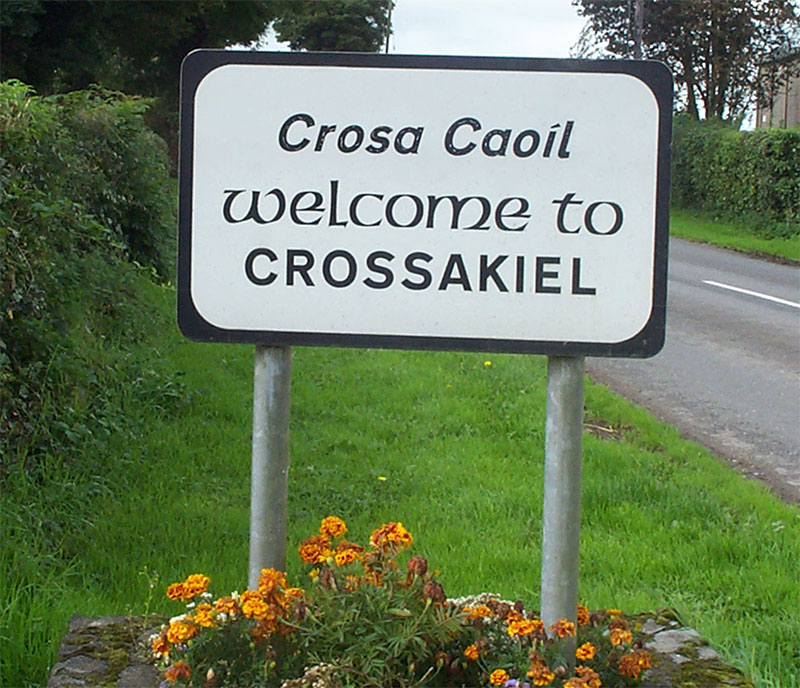With the increase in energy bills and the fact that Crossakiel seem to suffer from more from power outages than the average village or town, more and more people in general are considering having a “backup plan” should the power go down for a long period of time.
Our last outage in Crossakiel started at 6.15am and did not come back on till around 10pm that night. We also had another major outage that went from Monday morning to Wednesday afternoon. This obvious means that your frozen food started to defrost and cooking dinner was out of the question, unless you had a small camping gas cooker (most people would not have these as the power outages do not happen that regular to justify buying one). You then just mope around the house with nothing to do or watch. You can't even have a cup of tea unless you drive to one of the local newsagents.
This might be just a small inconvenience for now, but with the increase in electric cars and the building of large data centres, the demand for power is going to increase exponentially and the power grid might not be able to cope. This means we’ll either have more power outages or we will be told (like the UK government have warned the general public in the UK), that they might have to start switching off parts of the grid between the hours of 4pm to 7pm.
So what do you do if you need a small amount of power and you have a tight budget? Well, you can setup a basic solar system for around €400/€500 Euros which would give you enough power for lights, heating and TV. All of the houses in the Cairns should have a standard heating system with the power unit and heating motor in the back garden. These heating motors only take about 47watts, so something to consider if it is winter. The rest of the village might have different heating systems, so you would need to investigate what power your heating system uses.
The image below shows a basic solar system setup. First you have the solar panel which is used to charge the battery. This panel connects to a device called the charge controller which takes the energy from the solar panel and converts it to 12v DC to charge the battery. The connection between the solar panel and the charge controller is using solar cabling. The charge controller then connects to the battery. This has to be a deep cycle battery as car batteries are designed differently and are not designed for a solar system. The battery then connects to a Pure Sine Wave Inverter which converts the 12v DC from your battery to 220v/240v AC so you can plug in your phone charger/TV/laptop etc.
Now I know we are in Ireland and we do not get the sun like Florida or Spain, so when you are buying a solar panel, there are two choices - Monocrystalline or Polycrystalline. My choice is Monocrystalline as they work better in low light.
This is not a comprehensive article and solar technology, but just an over view of the technology should you decide to have a basic solar backup system for your home as a backup for power outages. If you do require more information, email us on


